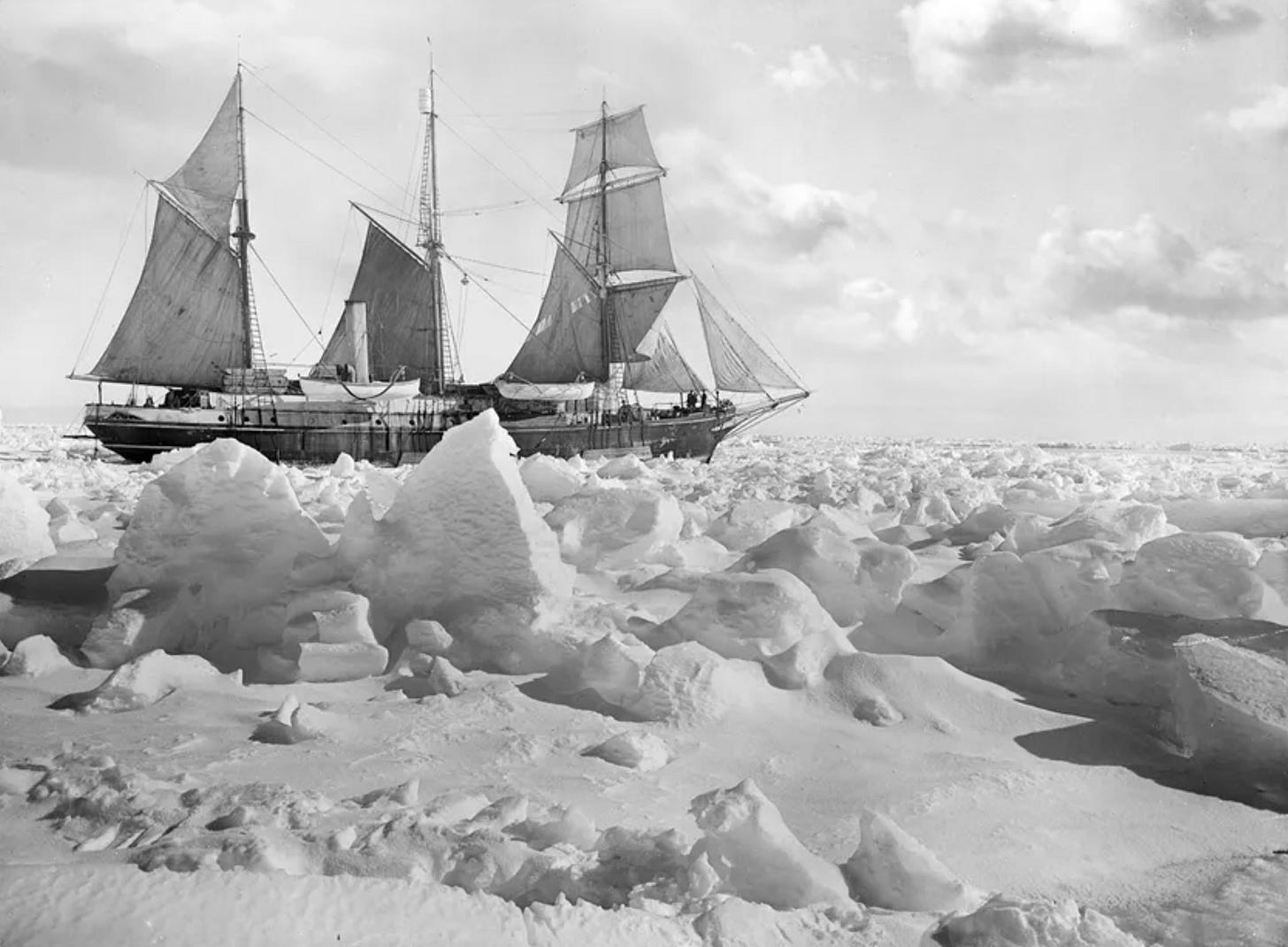The Incredible Story of Ernest Shackelton’s Expedition to the South Pole – 4 Leadership Lessons To Remember
To be a great leader requires total devotion.
The general public does not usually know his name. However, Ernest Shackleton was an explorer and a long-distance captain. He is a key figure in the many polar expeditions of the early 20th century. The man his sailors called "Boss" was also an exemplary leader of men.
Ernest Shackelton's leadership skills were demonstrated during the Endurance expeditio…
Keep reading with a 7-day free trial
Subscribe to Sylvain Saurel’s Newsletter to keep reading this post and get 7 days of free access to the full post archives.




